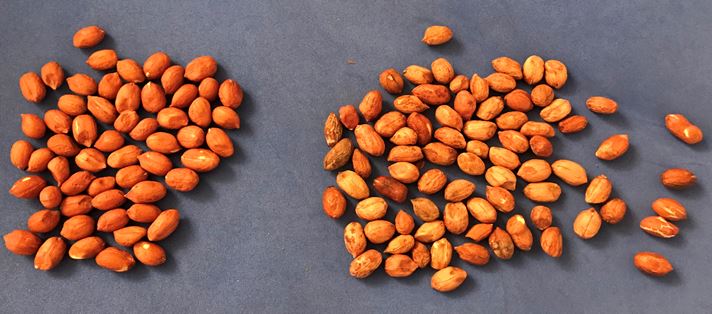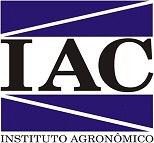Performance of cultivars and new peanut lines in the Tocantins
DOI:
https://doi.org/10.52755/sas.v2iedesp1.148Keywords:
Arachis hypogaea L., Peanut Breeding Program, North regionAbstract
The state of Tocantins is an important grain producer in the northern region of Brazil, which has the potential to produce high quality peanuts, aiming to meet the growing demand for this product in the domestic and foreign markets. This work aimed to evaluate six high oleic Runner type peanut lines (1253 OL, 1952 OL, 2055 OL, 2101 OL, 2133 OL and 2136 OL) in the experimental area of "‹"‹Embrapa, in Palmas-TO. The cultivars BRS 421 OL and BRS 423 OL were used as controls. A randomized block design with four replications was used, with six lines in the 2019/20 harvest and four lines in the 2020/21 harvest being evaluated. The management of the areas followed the recommendations for commercial peanut production, including chemical control of weeds and foliar diseases. Data were subjected to statistical analysis using mixed models (REML/BLUP) using the Selegen software. The significance of treatment effects was tested using analysis of variance. There was no statistical difference between treatments (cultivars and strains) in the two years of evaluation. However, the overall average of the experiment in the 2019/20 crop (3,676.0 kg.ha-1) was lower than that of the 2020/21 crop (5,895.6 kg.ha-1). In 2019/20, a general yellowing of the plants was observed, although there was no nitrogen deficiency or other factor associated with the management; seed samples with deformations, spots, cracks and reddening of the skin were also observed. These symptoms are very similar to the symptoms caused by ring spot, a disease of viral etiology detected in peanuts in the states of São Paulo and Goiás. Therefore, it is important to continue the evaluation of new strains, aiming to develop more productive cultivars adapted to cultivation in Tocantins, as well as elucidating the etiology of the symptoms observed in the experimental area in the 2019/20 harvest.
Downloads

Downloads
Published
How to Cite
Issue
Section
License
Copyright (c) 2021 Valdinei Sofiatti, Jair Heuert, Maxuel Fellipe Nunes Xavier, Taís de Moraes Falleiro Suassuna

This work is licensed under a Creative Commons Attribution-NonCommercial-ShareAlike 4.0 International License.
Autores concordam com os seguintes termos:
a) Os autores mantêm os direitos autorais e concedem à revista o direito de primeira publicação, com o trabalho simultaneamente licenciado sob a LicençaAttribution-NonCommercial-ShareAlike 4.0 International, que permite o compartilhamento do trabalho com reconhecimento da autoria e publicação inicial na Revista SAS. A licença permite o uso, a distribuição e a reprodução irrestrita, em qualquer meio, desde que devidamente citada a fonte. Essa licença permite também que outros remixem, adaptem e criem a partir do seu trabalho para fins não comerciais, desde que atribuam a você o devido crédito e que licenciem as novas criações sob termos idênticos.
b) Não cabe aos autores compensação financeira a qualquer título, por artigos ou resenhas publicados na South American Sciences.
c) Os conceitos expressos nos artigos publicados na South American Sciences são de inteira responsabilidade de seus autores.








